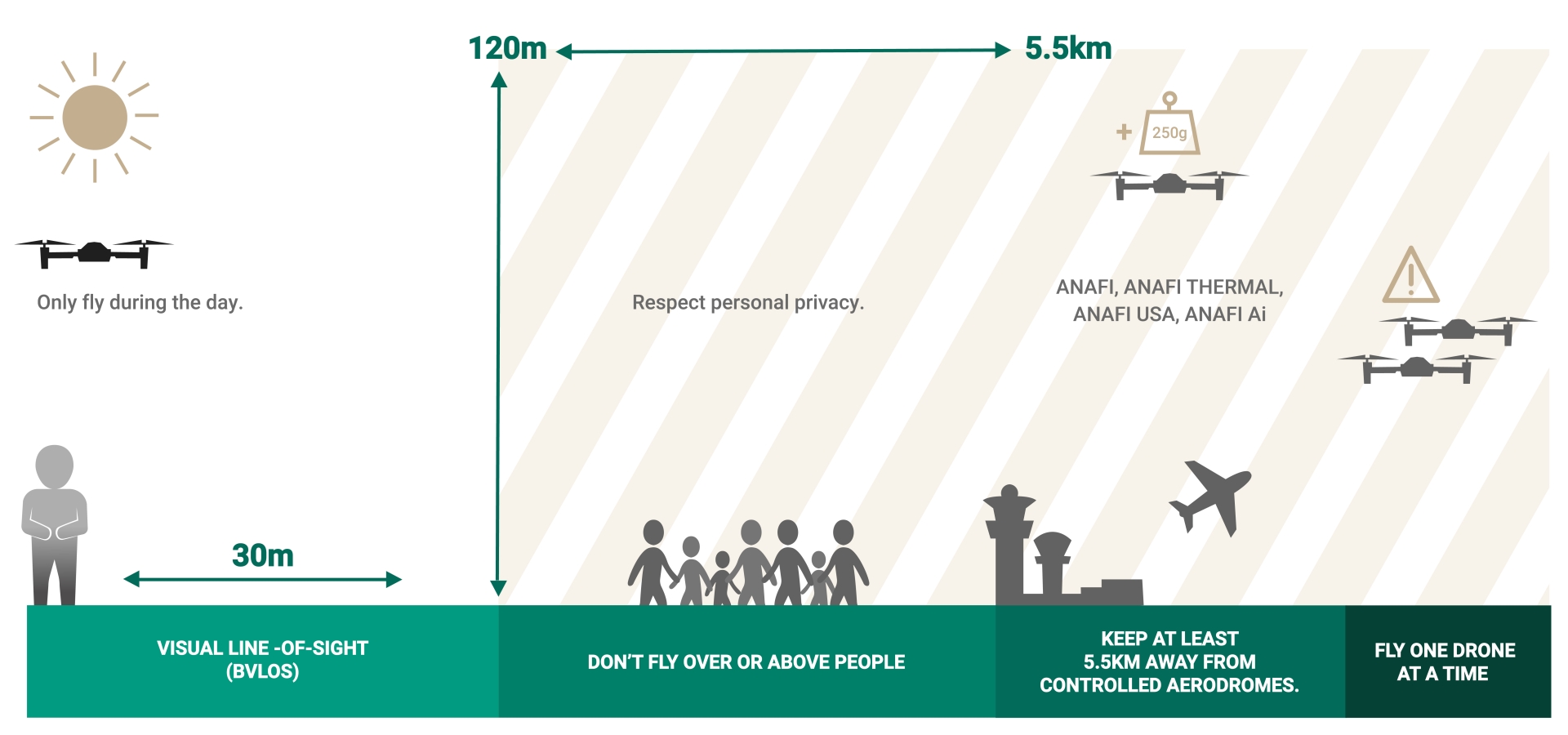
Navigating Drone Regulations: Compliance in Aerial Operations
Unmanned aerial vehicles, commonly known as drones, have become integral tools in various industries, from photography and agriculture to surveillance and delivery services. However, with the increasing use of drones comes the need for comprehensive regulations to ensure safety, privacy, and responsible operation.
The Evolution of Drone Technology and Its Impact
Over the years, drone technology has rapidly advanced, enabling capabilities that were once considered futuristic. As drones find applications in diverse sectors, the regulatory landscape must evolve to address the challenges associated with their widespread use. Understanding and complying with drone regulations is crucial for both hobbyists and businesses leveraging this technology.
Key Components of Drone Regulations
Drone regulations typically cover essential components, including registration requirements, operational limitations, airspace restrictions, and privacy concerns. These regulations aim to strike a balance between fostering innovation and ensuring public safety. Compliance with these rules is not only a legal obligation but also a responsibility to the communities where drones operate.
Importance of Registration and Identification
One fundamental aspect of drone regulations is the requirement for registration and proper identification. This process helps authorities track drone ownership, ensuring accountability in case of accidents or violations. Pilots must adhere to the designated registration procedures, providing necessary information about their drones for regulatory purposes.
Operational Limitations and No-Fly Zones
To prevent incidents and protect public safety, drone regulations often define operational limitations and establish no-fly zones. These restrictions may include altitude limits, distance from airports, and prohibitions on flying over sensitive areas. Adhering to these limitations is critical to avoiding legal consequences and maintaining a positive public perception of drone use.
Airspace Management and Integration with Manned Aircraft
As drones share the airspace with manned aircraft, effective airspace management is paramount. Regulations outline protocols for drone pilots to coordinate with air traffic control and other authorities. Compliance ensures the safe integration of drones into the broader aviation ecosystem, reducing the risk of mid-air collisions and other aviation-related incidents.
Privacy Considerations in Drone Operations
The increasing use of drones has raised concerns about privacy infringement. Regulations address these concerns by imposing restrictions on capturing images or videos in private spaces without consent. Navigating these privacy considerations is essential for drone operators to build trust with the public and avoid legal repercussions.
Education and Certification for Responsible Drone Pilots
Many regulatory frameworks emphasize the importance of education and certification for drone pilots. Completing training programs ensures that operators understand the rules and guidelines for safe and responsible drone use. Certification may also be required for specific commercial applications, promoting professionalism in the industry.
Enforcement Measures and Penalties for Non-Compliance
To uphold the integrity of drone regulations, authorities implement enforcement measures and penalties for non-compliance. These may range from fines and license suspensions to legal actions in cases of severe violations. Understanding the consequences of non-compliance emphasizes the importance of adhering to regulations.
International Coordination for Consistent Regulations
Given the global nature of drone operations, international coordination is crucial for maintaining consistency in regulations. Harmonizing standards facilitates cross-border drone activities and supports a unified approach to addressing challenges. This collaboration is particularly important as drone technology continues to advance and its applications become more widespread.
The Future of Drone Regulations and Technological Innovation
As drone technology evolves, so will the regulatory frameworks governing its use. Anticipating future developments in drone regulations is essential for both industry stakeholders and regulators. Striking a balance between innovation and regulation will be key to unlocking the full potential of drones while ensuring safety and responsible use.
In conclusion, navigating drone regulations is a shared responsibility among drone operators, regulators, and the public. Adhering to these regulations fosters a positive environment for the continued growth of drone technology. To learn more about specific drone regulations and stay updated on the latest developments, visit Drone regulations.

